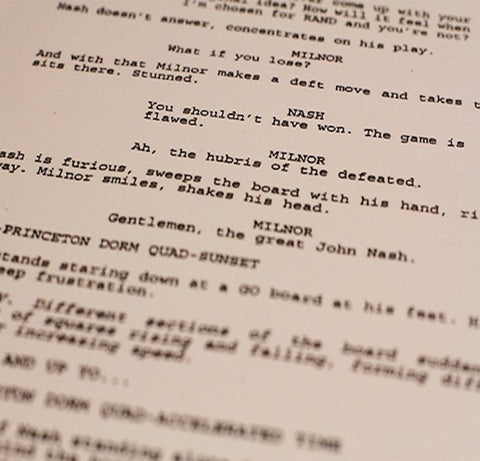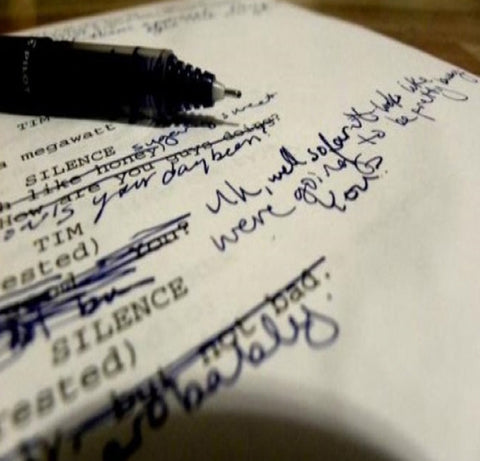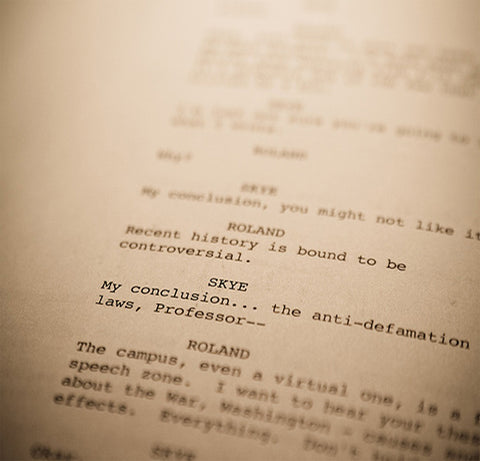
WRITING NON-VERBAL COMMUNICTION
There are two kinds of non-verbal communication: Between the characters, and between the film and the audience.
To the former: I have recently been watching or re-watching older films, one of them being the extraordinary In the Heat of the Night. It’s readily apparent why this movie swept the Oscars that year.
One element that readily stands out is, of course, Sidney Poitier’s performance as Detective Tibbs. It’s instantly apparent that, as a character, this is a quiet and thoughtful man, reserved to the point of stoicism. But he’s always thinking; he observes what’s going on around him, listening closely, his wheels turning.
We want to reflect that on the page in such a way that a) the actor knows he’s not just standing in the corner doing nothing; b) we tell the reader the character is present and active, even if not in motion at the moment.
One way to do this is with non-verbal communication; body language. A little of this goes a very long way. I’ve seen scripts that don’t trust the audience to understand what the character is feeling without forcing them into broad pantomime; pulling of the hair and the gnashing of teeth. What we’re looking for is a touch: a sharp look; a subtle shake of the head; closing their eyes to listen more carefully; folding arms and leaning back; a poker tell.
And/or: when the character does speak and act, it’s in clear reaction to everything that has been said and done around them. For example, we have a queen, she’s sitting on a throne listening to her advisors offer viewpoints. Is she doing “nothing?” No, she’s listening and thinking. At the end of the scene, we punch out on her commands, which clearly reflect she has weighed the options and chosen a course of action.
The other mode of non-verbal communication is between the film and the audience. Cinema is a visual medium; if we choose to tell a story via cinema then, as much as possible, we should draw on the power of the moving image. If a picture is worth a thousand words, in film we get twenty-four picture per second, and we should write accordingly.
Another older film I recently watched is Panic in the Streets. There is a scene in which two characters meet in a seedy bar. In a lesser film, the seediness of the bar would be conveyed via dialogue. “Boy, what kinda place is this? Etc.” But in Panic, we let the camera do the talking. The shot dollies to track a character as he crosses the space in such a way as to show us the people hanging around in this bar; they’re beaten down by life, drinking early in the morning. The characters don’t have to say a word, and if they did it would be a misstep.
Cinematic narrative is at its best when it plays to the medium. One striking image is worth more than any monologue.




